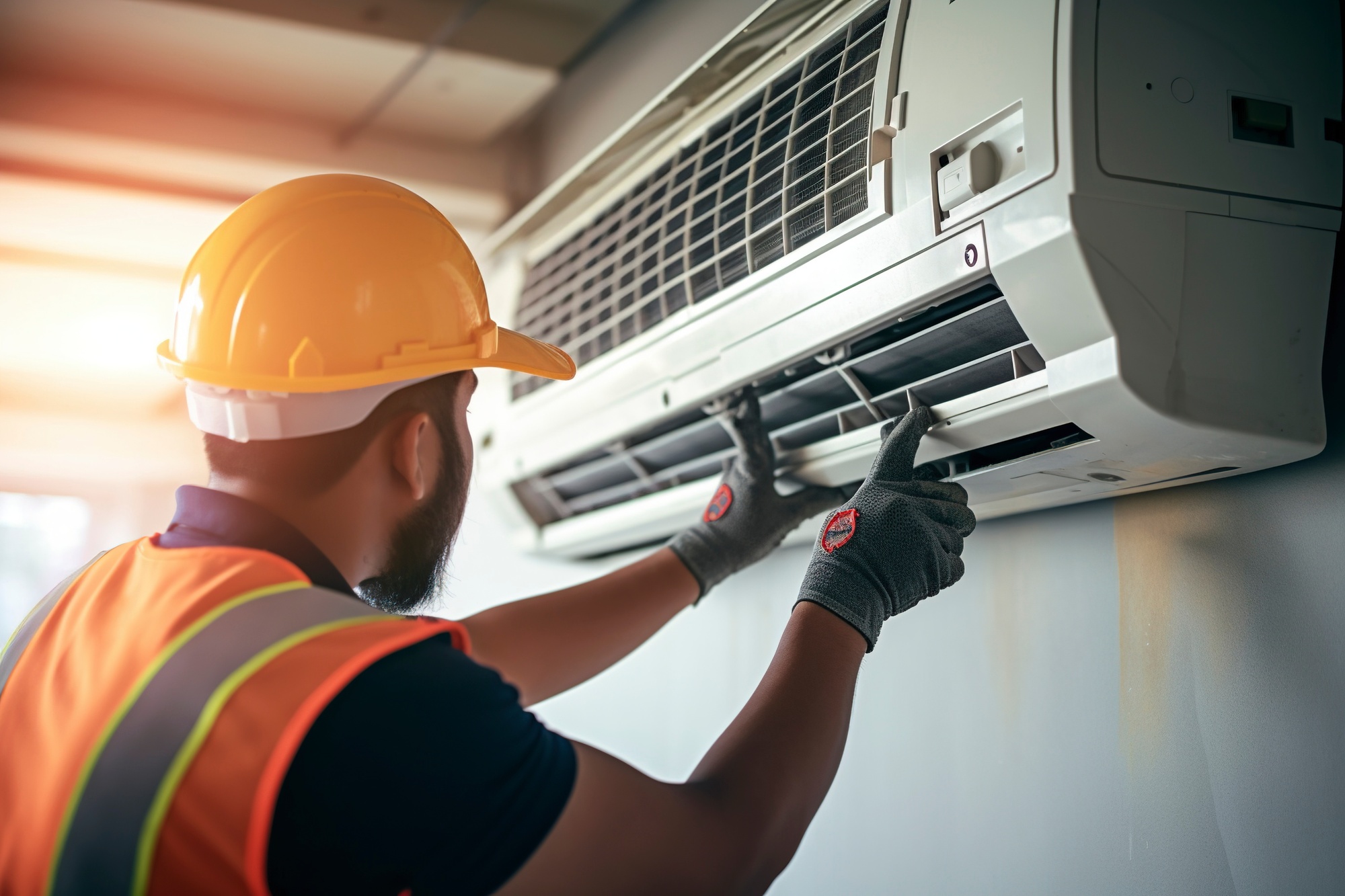Discover how to address common home cooling problems for optimal comfort and energy efficiency. Uneven cooling can disrupt daily routines and sleep patterns, while neglecting these issues may result in higher energy bills.
This article explores various cooling problems, such as inefficient systems, excessive heat, humidity, and noise disturbances, offering practical solutions to create a comfortable and sustainable living environment. From balancing ductwork to using window treatments, learn how to maintain a healthier home and reduce your environmental impact. You can find more tips here to address cooling issues in your home.
1. Uneven Cooling In Different Rooms
Uneven cooling is a common home issue in which some rooms are cooler than others. Various factors can cause this problem, including inadequate insulation, poor ductwork design, or air leaks.
Here’s how to address this issue:
- Inspect And Seal Air Leaks: Look for air leaks in windows, doors, and other potential openings. Preventing cold air from escaping requires sealing them with weatherstripping or caulk.
- Improve Insulation: Adequate insulation to walls, ceilings, and floors can reduce heat transfer and keep indoor temperatures more consistent.
- Balancing Ductwork: Hire a professional technician specializing in heating, ventilation, and air-conditioning (HVAC) systems. They can inspect and balance the ductwork to ensure an even distribution of cooled air throughout the house.
Home cooling issues significantly impact indoor air quality, causing health concerns. Inadequate ventilation and poor maintenance can circulate allergens, pollutants, and mold spores, affecting vulnerable individuals. A proactive approach to managing air quality can create a healthier living environment.
2. Inefficient Cooling And High Energy Bills
Inefficient cooling systems can result in expensive energy bills. Several factors can affect your cooling system’s efficiency. These include outdated air conditioners, clogged air filters, or incorrect thermostat settings.
Consider these tips to increase efficiency and lower energy consumption:
- Upgrade: Replace an old, inefficient air conditioner with a new, energy-efficient model. Look for units with high seasonal energy efficiency ratio (SEER) ratings for optimal performance.
- Regular Maintenance: Schedule regular cooling system maintenance. Check refrigerant levels, clean or replace air filters, and examine if all components work properly.
- Programmable Thermostats: A programmable thermostat can help set temperature schedules that correspond to your family’s routine. They can benefit you by avoiding unnecessary cooling when no one is home.
Maintenance, energy-efficient upgrades, and responsible cooling practices can create a more sustainable living environment.
3. Excessive Heat
Homeowners must address cooling issues as they significantly impact comfort, health, and bills. Minor problems can escalate, impacting living conditions, finances, and the environment. Sunlight entering the house can contribute significantly to indoor heat, especially on hot summer days.
Here are some ways to reduce solar heat gain:
- Install Window Treatments: Blinds, curtains, or shades can block sunlight and reduce heat penetration. Consider using heat-reflecting window coverings in light colors.
- Use Window Films: Solar window films can minimize heat transfer while allowing natural light to enter.
- Plant Shade Trees: Shade trees can obstruct direct sunlight, providing natural cooling.
Addressing excessive heat is crucial for maintaining a comfortable and healthy home. Implementing eco-friendly solutions promotes a greener future.
4. Humidity And Indoor Air Quality

High indoor humidity can make a home feel uncomfortable even with the cooling system running. You can implement the following measures to reduce humidity and improve indoor air quality:
- Use Dehumidifiers: You can maintain optimal humidity levels by installing dehumidifiers in areas prone to excess moisture, such as basements and bathrooms.
- Ventilation: Having adequate ventilation can help push stale air out of your home, improving air circulation.
- Air Purifiers: Consider using air purifiers with high-efficiency particulate air (HEPA) filters to remove allergens and pollutants and improve indoor air quality
Ignoring home cooling issues can negatively impact the household and the environment. Inefficient cooling consumes energy, releases greenhouse gases, and worsens climate change.
5. Noise And Disturbance
Noise and disturbance from cooling systems can be a significant source of stress for homeowners. The constant whirring and disruptive sounds can disrupt peaceful living spaces.
To mitigate these issues, it is essential to conduct regular maintenance on your cooling equipment. Cleaning and inspecting the system will help address vibrations and noise resulting from loose components.
Additionally, consider insulating the area around the cooling unit and ductwork to reduce noise transmission further. By taking these proactive steps, you can create a quieter and more serene environment in your home, promoting better relaxation and overall well-being.
Conclusion
Homeowners can achieve a more comfortable, energy-efficient, and peaceful living environment by addressing these common home cooling issues. For long-term benefits, it’s critical to consider short-term solutions and long-term investments in cooling systems and home improvements.
Acknowledging the environmental impact of inefficient cooling systems that consume excessive energy is vital. Fixing cooling problems can help you save money and make the world greener and more sustainable.

